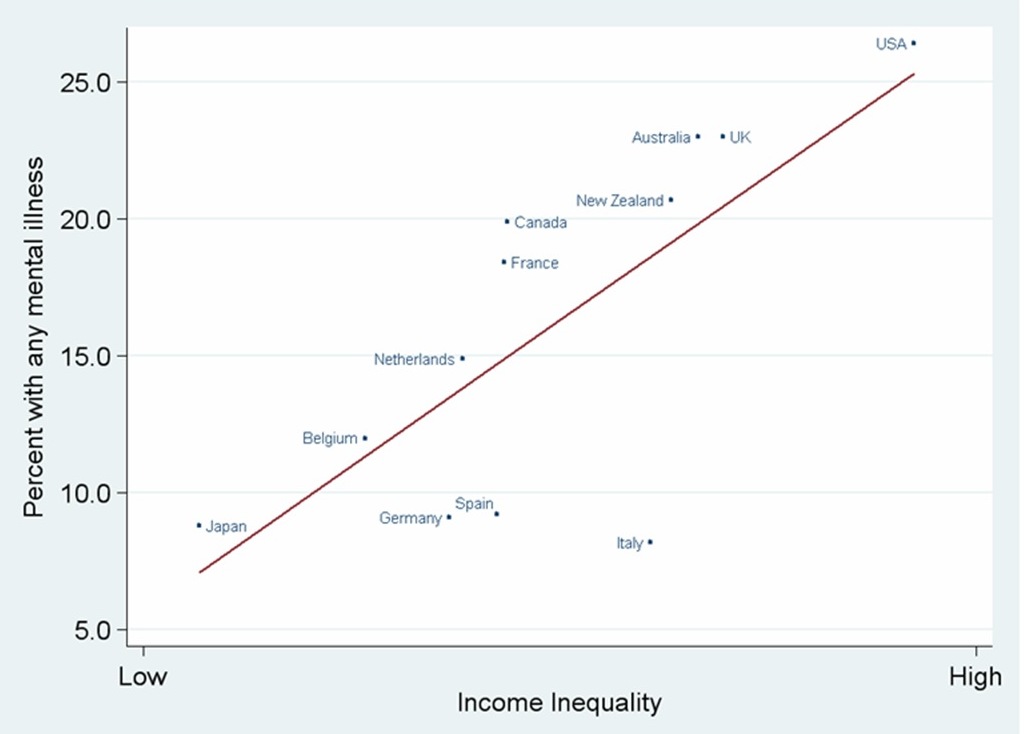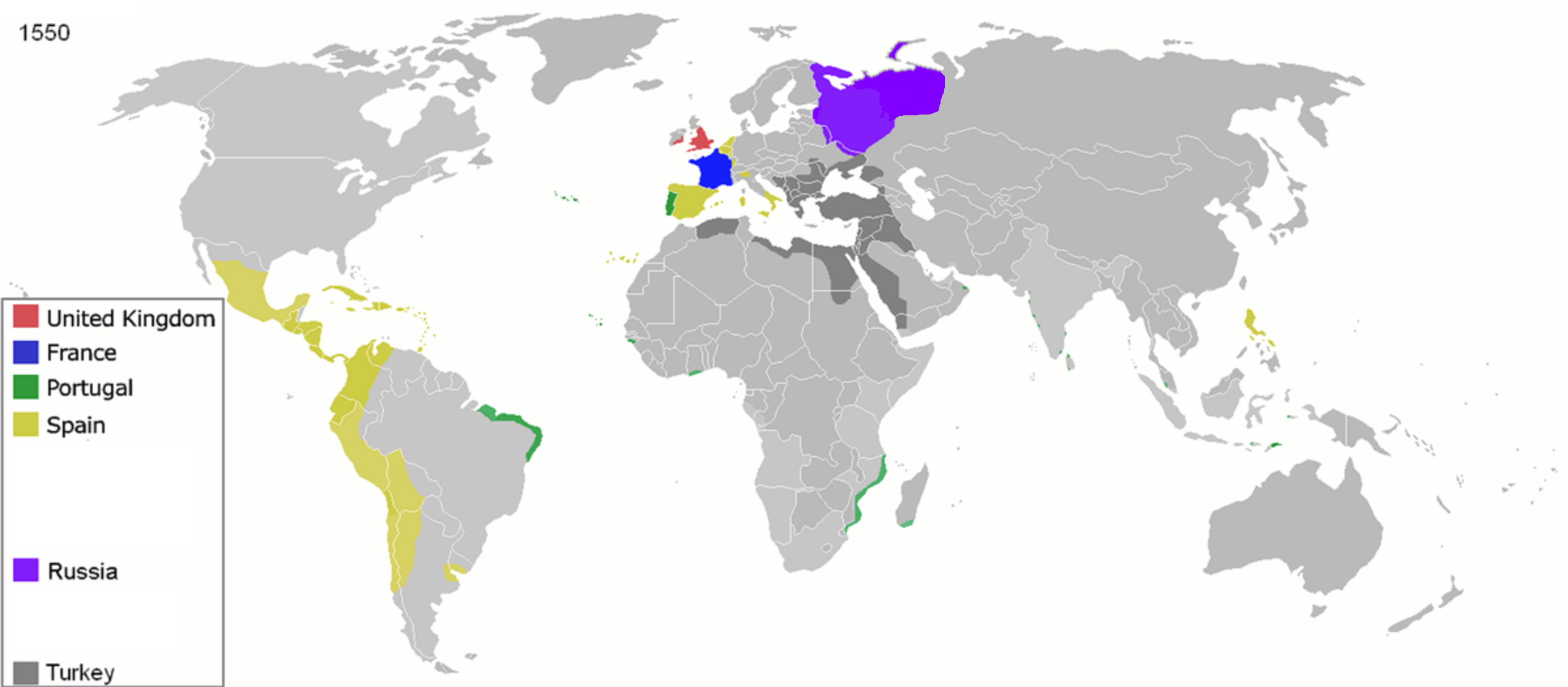|
Iich'aa
Iich'aa ( nv, , pronounced “eech aaw”, no inflexion) is a culture-specific syndrome, culture-bound syndrome found in the Navajo people, Navajo Indigenous peoples of the Americas, Native American culture. The non-exclusive list of symptoms are: Epileptic, epileptic behaviour (nervousness, convulsions), loss of self-control, self-destructive behaviour and fits of violence and rage. It can, together with other culture-bound syndromes: notably Running amok, amok (Indonesian language, Indonesian), gila mengamok (Malay language, Malay), cafard (Polynesian languages, Polynesian) or mal de pelea (Puerto Ricans, Puerto-Rican), be grouped in the “taxon”: SMAS syndrome (Sudden Mass Assault Syndrome). Mothway The Mothway myth Iich’aa translates to “moth craziness” or “taboo-breaking”, which refers to the ancestral Navajo beliefs about this disorder. The literal translation of iich’aa is “one who falls into the fire” which is one of the characteristics of the moth ... [...More Info...] [...Related Items...] OR: [Wikipedia] [Google] [Baidu] |
Running Amok
Amok syndrome is an aggressive dissociative behavioral pattern derived from Malaysia that led to the English phrase, running amok. The word derives from the Malay word , traditionally meaning "an episode of sudden mass assault against people or objects, usually by a single individual, following a period of brooding, which has traditionally been regarded as occurring especially in Malaysian culture but is now increasingly viewed as psychopathological behavior".Definition of "amok" by Oxford Dictionary on Lexico.com The syndrome of "Amok" is found in the '' Diagnostic and Statistic ...
[...More Info...] [...Related Items...] OR: [Wikipedia] [Google] [Baidu] |
Culture-specific Syndrome
In medicine and medical anthropology, a culture-bound syndrome, culture-specific syndrome, or folk illness is a combination of psychiatric and somatic symptoms that are considered to be a recognizable disease only within a specific society or culture. There are no objective biochemical or structural alterations of body organs or functions, and the disease is not recognized in other cultures. The term ''culture-bound syndrome'' was included in the fourth version of the '' Diagnostic and Statistical Manual of Mental Disorders'' (American Psychiatric Association, 1994) which also includes a list of the most common culture-bound conditions (DSM-IV: Appendix I). Counterpart within the framework of ICD-10 (Chapter V) are the ''culture-specific disorders'' defined in Annex 2 of the ''Diagnostic criteria for research''. [...More Info...] [...Related Items...] OR: [Wikipedia] [Google] [Baidu] |
Ritual
A ritual is a sequence of activities involving gestures, words, actions, or objects, performed according to a set sequence. Rituals may be prescribed by the traditions of a community, including a religious community. Rituals are characterized, but not defined, by formalism, traditionalism, invariance, rule-governance, sacral symbolism, and performance. Rituals are a feature of all known human societies. They include not only the worship rites and sacraments of organized religions and cults, but also rites of passage, atonement and ritual purification, purification rites, oaths of allegiance, dedication ceremonies, coronations and presidential inaugurations, marriages, funerals and more. Even common actions like handshake, hand-shaking and saying "hello" may be termed as ''rituals''. The field of ritual studies has seen a number of conflicting definitions of the term. One given by Kyriakidis is that a ritual is an outsider's or "Emic and etic, etic" category for a set activity (o ... [...More Info...] [...Related Items...] OR: [Wikipedia] [Google] [Baidu] |
DSM-5
The ''Diagnostic and Statistical Manual of Mental Disorders, Fifth Edition'' (DSM-5), is the 2013 update to the ''Diagnostic and Statistical Manual of Mental Disorders'', the taxonomic and diagnostic tool published by the American Psychiatric Association (APA). In the United States, the DSM serves as the principal authority for psychiatric diagnoses. Treatment recommendations, as well as payment by health care providers, are often determined by DSM classifications, so the appearance of a new version has practical importance. The DSM-5 is the only DSM to use an Arabic numeral instead of a Roman numeral in its title, as well as the only living document version of a DSM. The DSM-5 is not a major revision of the DSM-IV-TR but there are significant differences. Changes in the DSM-5 include the reconceptualization of Asperger syndrome from a distinct disorder to an autism spectrum disorder; the elimination of subtypes of schizophrenia; the deletion of the "bereavement exclusio ... [...More Info...] [...Related Items...] OR: [Wikipedia] [Google] [Baidu] |
Lewis Mehl-Madrona
Lewis E. Mehl-Madrona (born January 26, 1954, Berea, Kentucky) is the author of the ''Coyote'' trilogy. His work discusses healing practices from Lakota, Cherokee and Cree traditions, and how they intersect with conventional medicine (via a social constructionist model). Mehl-Madrona has been writing about the use of imagery and narrative in healing since the 1980s. Mehl-Madrona is certified in psychiatry, geriatrics and family medicine. His research collaborations include work on various psychological conditions, issues of psychology during birthing, nutritional approaches to autism The autism spectrum, often referred to as just autism or in the context of a professional diagnosis autism spectrum disorder (ASD) or autism spectrum condition (ASC), is a neurodevelopmental condition (or conditions) characterized by difficulti ... and diabetes, and the use of healing circles to improve overall health outcomes. He is now an adjunct professor of anthropology at Johnson Sta ... [...More Info...] [...Related Items...] OR: [Wikipedia] [Google] [Baidu] |
Mental Illness
A mental disorder, also referred to as a mental illness or psychiatric disorder, is a behavioral or mental pattern that causes significant distress or impairment of personal functioning. Such features may be persistent, relapsing and remitting, or occur as single episodes. Many disorders have been described, with signs and symptoms that vary widely between specific disorders. Such disorders may be diagnosed by a mental health professional, usually a clinical psychologist or psychiatrist. The causes of mental disorders are often unclear. Theories may incorporate findings from a range of fields. Mental disorders are usually defined by a combination of how a person behaves, feels, perceives, or thinks. This may be associated with particular regions or functions of the brain, often in a social context. A mental disorder is one aspect of mental health. Cultural and religious beliefs, as well as social norms, should be taken into account when making a diagnosis. Services a ... [...More Info...] [...Related Items...] OR: [Wikipedia] [Google] [Baidu] |
Colonization
Colonization, or colonisation, constitutes large-scale population movements wherein migrants maintain strong links with their, or their ancestors', former country – by such links, gain advantage over other inhabitants of the territory. When colonization takes place under the protection of colonial structures, it may be termed settler colonialism. This often involves the settlers dispossessing indigenous inhabitants, or instituting legal and other structures which disadvantage them. Colonization can be defined as a process of establishing foreign control over target territories or peoples for the purpose of cultivation, often by establishing colonies and possibly by settling them. In colonies established by Western European countries in the Americas, Australia, and New Zealand, settlers (supplemented by Central European, Eastern European, Asian, and African people) eventually formed a large majority of the population after assimilating, warring with, or driving away indi ... [...More Info...] [...Related Items...] OR: [Wikipedia] [Google] [Baidu] |
Acculturation
Acculturation is a process of social, psychological, and cultural change that stems from the balancing of two cultures while adapting to the prevailing culture of the society. Acculturation is a process in which an individual adopts, acquires and adjusts to a new cultural environment as a result of being placed into a new culture, or when another culture is brought to someone. Individuals of a differing culture try to incorporate themselves into the new more prevalent culture by participating in aspects of the more prevalent culture, such as their traditions, but still hold onto their original cultural values and traditions. The effects of acculturation can be seen at multiple levels in both the devotee of the prevailing culture and those who are assimilating into the culture. At this group level, acculturation often results in changes to culture, religious practices, health care, and other social institutions. There are also significant ramifications on the food, clothing, and la ... [...More Info...] [...Related Items...] OR: [Wikipedia] [Google] [Baidu] |
Piblokto
Piblokto, also known as pibloktoq and Arctic hysteria, is a condition most commonly appearing in Inughuit (Northwest Greenlandic Inuit) societies living within the Arctic Circle. Piblokto is a culture-specific hysterical reaction in Inuit, especially women, who may perform irrational or dangerous acts, followed by amnesia for the event. Piblokto may be linked to repression of the personality of Inuit women. The condition appears most commonly in winter. It is considered to be a form of a culture-bound syndrome, although more recent studies (see ''Skepticism'' section) question whether it exists at all. Piblokto is also part of the glossary of cultural bound syndromes found in the Diagnostic and Statistical Manual of Mental Disorders (DSM-IV). History Piblokto was first documented in 1892 and reports by European explorers describe the phenomenon as common to all Arctic regions. Explorers were the first to record piblokto in writing. Among these, Admiral Robert Peary provided a det ... [...More Info...] [...Related Items...] OR: [Wikipedia] [Google] [Baidu] |
Ghost Sickness
Ghost sickness is a cultural belief among some traditional indigenous peoples in North America, notably the Navajo, and some Muscogee and Plains cultures, as well as among Polynesian peoples. People who are preoccupied and/or consumed by the deceased are believed to suffer from ghost sickness. Reported symptoms can include general weakness, loss of appetite, suffocation feelings, recurring nightmares, and a pervasive feeling of terror. The sickness is attributed to ghosts or, occasionally, to witches or witchcraft. Cultural background In the Muscogee (Creek) culture, it is believed that everyone is a part of an energy called ''Ibofanga''. This energy supposedly results from the flow between mind, body, and spirit. Illness can result from this flow being disrupted. Therefore, their "medicine is used to prevent or treat an obstruction and restore the peaceful flow of energy within a person". Purification rituals for mourning "focus on preventing unnatural or prolonged emotional and ph ... [...More Info...] [...Related Items...] OR: [Wikipedia] [Google] [Baidu] |
Witchcraft
Witchcraft traditionally means the use of magic or supernatural powers to harm others. A practitioner is a witch. In medieval and early modern Europe, where the term originated, accused witches were usually women who were believed to have used malevolent magic against their own community, and often to have communed with evil beings. It was thought witchcraft could be thwarted by protective magic or counter-magic, which could be provided by cunning folk or folk healers. Suspected witches were also intimidated, banished, attacked or killed. Often they would be formally prosecuted and punished, if found guilty or simply believed to be guilty. European witch-hunts and witch trials in the early modern period led to tens of thousands of executions. In some regions, many of those accused of witchcraft were folk healers or midwives. European belief in witchcraft gradually dwindled during and after the Age of Enlightenment. Contemporary cultures that believe in magic and the s ... [...More Info...] [...Related Items...] OR: [Wikipedia] [Google] [Baidu] |
Spirit Possession
Spirit possession is an unusual or altered state of consciousness and associated behaviors purportedly caused by the control of a human body by spirits, ghosts, demons, or gods. The concept of spirit possession exists in many cultures and religions, including Buddhism, Christianity,Mark 5:9, Luke 8:30 Haitian Vodou, Hinduism, Islam, Wicca, and Southeast Asian, African, and Native American traditions. Depending on the cultural context in which it is found, possession may be considered voluntary or involuntary and may be considered to have beneficial or detrimental effects on the host. In a 1969 study funded by the National Institute of Mental Health, spirit possession beliefs were found to exist in 74% of a sample of 488 societies in all parts of the world, with the highest numbers of believing societies in Pacific cultures and the lowest incidence among Native Americans of both North and South America. As Pentecostal and Charismatic Christian churches move into both Afr ... [...More Info...] [...Related Items...] OR: [Wikipedia] [Google] [Baidu] |



